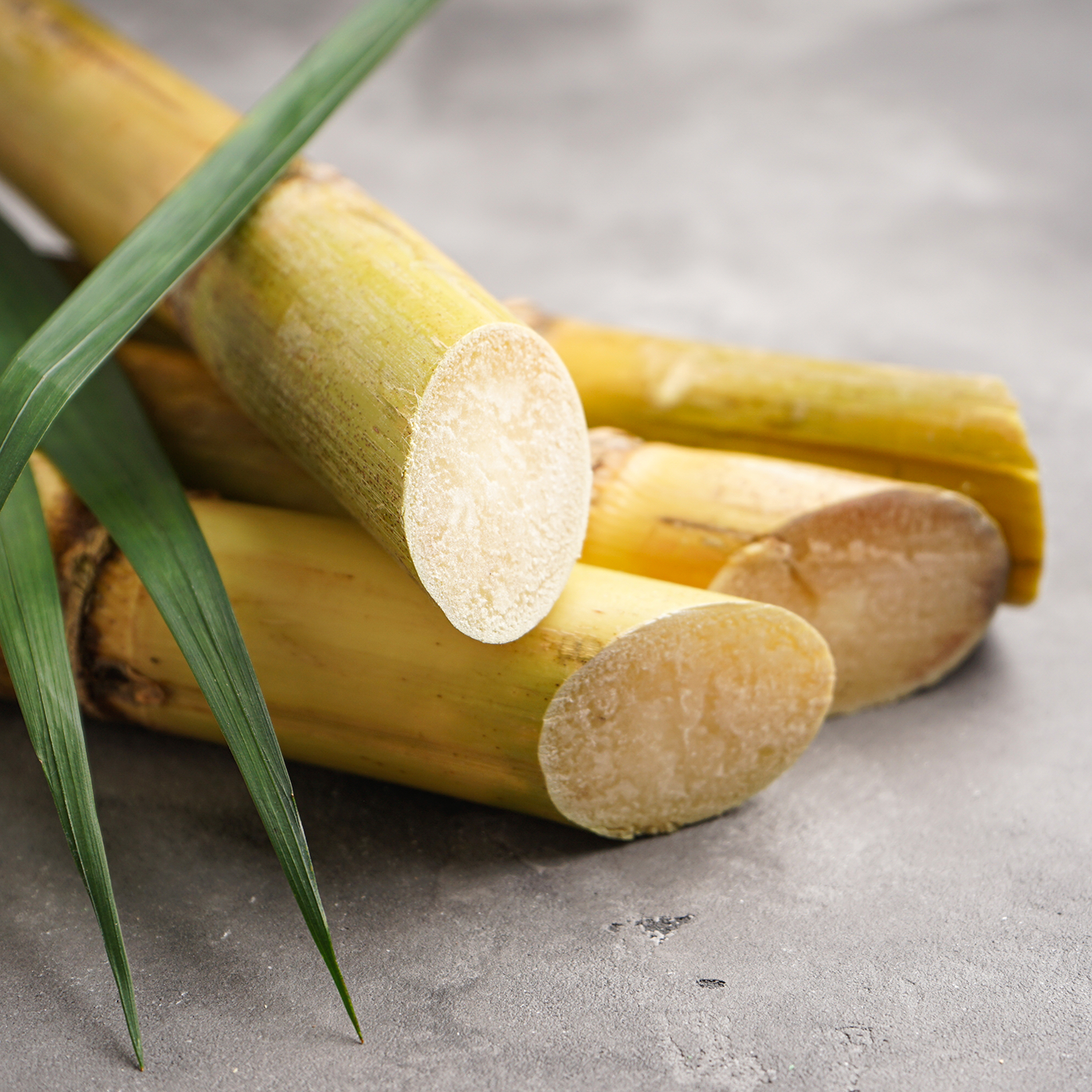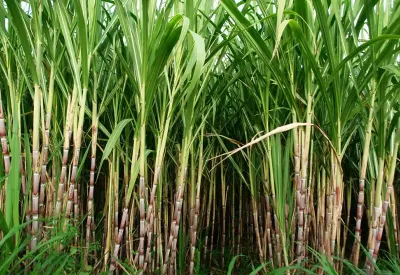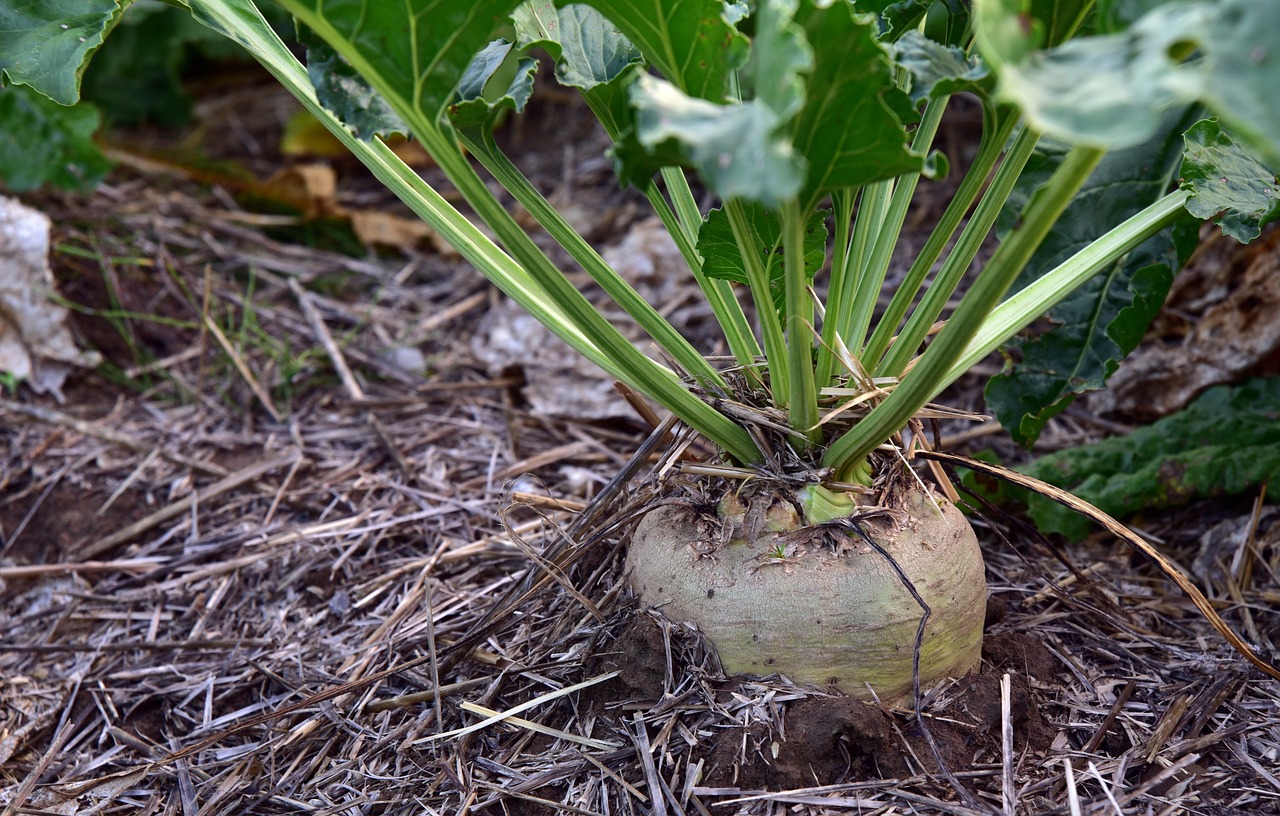How sugar beet vs sugar cane affect global sugar production and trade trends
The Significance of Sugar Beet Vs Sugar Cane: a Closer Consider Their Manufacturing Processes and Applications
The importance of sugar beet and sugar cane prolongs beyond their function as resources of sucrose. Each plant features unique manufacturing processes that influence their applications throughout numerous markets. While sugar beet sustains not just food production yet likewise biofuels and plant foods, sugar cane primarily serves the food sector with important results. Comprehending these differences discloses exactly how each plant shapes agricultural economies and market practices internationally, motivating more expedition into their unique payments.

Introduction of Sugar Beet and Sugar Cane
Sugar beet and sugar cane are two primary resources of sucrose, each with distinctive attributes and cultivation methods. Sugar beet, an origin veggie, flourishes in warm climates - Sugar beet vs sugar cane. It is cultivated mostly in the Northern Hemisphere and requires well-drained dirt. The plant normally expands to an elevation of regarding 18 inches, with a white, fleshy root containing regarding 15-20% sucrose. On the other hand, sugar cane is an exotic lawn that flourishes in cozy, humid conditions. It can reach elevations of up to 12 feet and contains high, jointed stems that shop sucrose focus varying from 10-15%. The growing of sugar cane is labor-intensive and commonly entails hands-on harvesting. Both crops act as essential farming commodities, giving raw products for sugar production and numerous by-products. Their growing techniques considerably influence regional economic situations and global sugar markets, making them indispensable to the farming landscape
Harvesting Strategies for Sugar Beet and Sugar Cane
Collecting techniques for sugar beet and sugar cane vary noticeably due to the one-of-a-kind qualities of each crop. Sugar beet gathering typically employs specific machinery recognized as beet harvesters, which effectively uproot the beets from the soil while decreasing damage. These devices use a series of blades to cut the tops and lift the roots, guaranteeing that the beets remain undamaged for processing.In contrast, sugar cane harvesting usually includes 2 key approaches: manual cutting and mechanical harvesting. Hand-operated harvesting, still widespread in some areas, requires employees to reduce the cane stalks by hand making use of machetes. This method permits careful harvesting however is labor-intensive. Mechanical farmers have actually acquired popularity, using revolving blades to reduce and gather the stalks rapidly. Both approaches aim to maximize yield and quality, with mechanical harvesting progressively embraced to meet rising manufacturing demands successfully.
Processing Techniques for Sugar Beet
After being harvested, sugar beets undergo a series of handling steps to extract sucrose properly. The primary step involves washing the beetroots to remove dirt and pollutants. Next off, the beets are cut right into slim strips recognized as cossettes, which boosts the surface for removal. These cossettes are after that subjected to warm water removal in a diffusion process, allowing sucrose to dissolve right into the water.Following extraction, the juice has impurities and is clarified utilizing lime and warmth to precipitate solids. The clarified juice is then concentrated through dissipation, eliminating excess water and enhancing sugar concentration. To crystallize the sucrose, the focused juice undertakes further dissipation and air conditioning, forming sugar crystals. These crystals are divided from the remaining syrup through centrifugation, dried, and packaged for circulation. This technique assures a high yield of sucrose while keeping the high quality of the end product.
Handling Approaches for Sugar Cane
Handling sugar cane entails a collection of actions developed to extract sucrose effectively. The procedure begins with harvesting, where fully grown sugar cane is cut and transported to refining facilities. When at the mill, the cane undergoes cleaning to eliminate pollutants. The following step is squashing, where mechanical rollers essence juice from the coarse stalks.This juice is after that made clear utilizing warmth and lime to remove suspended solids and pollutants. Adhering to information, the juice is vaporized to focus the sugar material, causing a thick syrup. The syrup undergoes formation, where sugar crystals develop as the syrup cools. These crystals are separated from the remaining molasses via centrifugation.Finally, the sugar is dried out and packaged for circulation. This detailed processing technique guarantees that sugar cane produces a high-grade product, suitable for various cooking and commercial applications, while taking full advantage of the removal of sucrose from the raw material.
Nutritional Differences In Between Sugar Beet and Sugar Cane
The contrast between sugar beet and sugar cane prolongs beyond their processing view website techniques to encompass substantial dietary differences. Sugar beet consists of not just sucrose however likewise a series of minerals and vitamins, including vitamin C, potassium, and magnesium. These nutrients add to its prospective health advantages, such as sustaining immune function and keeping electrolyte balance. In contrast, sugar cane generally offers sucrose with minimal degrees of essential nutrients.Additionally, sugar beet has a greater fiber content, which can help in digestion and advertise satiety. The visibility of anti-oxidants in sugar beet might likewise use protective results versus oxidative stress and anxiety, a factor connected to different chronic diseases. While both resources are mostly made use of for sugar manufacturing, the dietary profiles suggest that sugar beet might use added health advantages contrasted to sugar cane. This difference is crucial for consumers looking for more than just sugar in their diets.
Applications of Sugar Beet in Various Industries
A variety of industries utilize sugar beet for its versatile applications beyond sugar production. In the food market, sugar beet works as a vital component in producing numerous refined foods, including sugary foods and baked items, as a result of its natural sweetness. Furthermore, the pulp originated from sugar beet is made use of as pet feed, supplying a nutrient-rich source for livestock.In the biofuel market, sugar beet is progressively recognized for its possibility in go generating bioethanol, adding to eco-friendly power services. The agricultural market gain from sugar beet's results, which can be used as natural plant foods, enriching dirt health and wellness and fertility.Furthermore, sugar beet essences are used in drugs and cosmetics, where they operate as all-natural sweeteners and humectants. These varied applications highlight sugar beet's duty as a valuable resource in improving sustainability and development across multiple sectors, enhancing its value in contemporary production methods.
Applications of Sugar Cane in Numerous Industries

Often Asked Concerns
What Ecological Impacts Are Connected With Sugar Beet and Sugar Cane Production?
The environmental effects of sugar beet and sugar cane manufacturing include dirt destruction, water use, chemical application, and environment interruption. These variables add to ecological inequalities, increasing problems concerning sustainability in agricultural methods related useful site to both crops.

Exactly How Do Sugar Beet and Sugar Cane Compare in Terms of Economic Feasibility?
The financial stability of sugar beet and sugar cane differs based on elements like geographic place, production costs, and market need - Sugar beet vs sugar cane. Both plants use special advantages, affecting farmers' choices pertaining to farming and investment in various regions
What Are the Main Regions for Sugar Beet and Sugar Cane Cultivation?

Just How Does Environment Impact the Growth of Sugar Beet and Sugar Cane?
Environment considerably affects the growth of sugar beet and sugar cane. Sugar beetroots flourish in cooler temperatures, while sugar cane requires cozy, exotic problems. Sugar beet vs sugar cane. Both plants depend on adequate rains and sunshine for excellent growth and yield
Exist Any Kind Of Substantial Wellness Issues Associated to Consuming Sugar From These Resources?
Health and wellness problems pertaining to sugar consumption consist of obesity, diabetes mellitus, and heart problem. Both sugar beet and sugar cane-derived sugars can add to these problems, particularly when consumed in extreme quantities, no matter their resource.